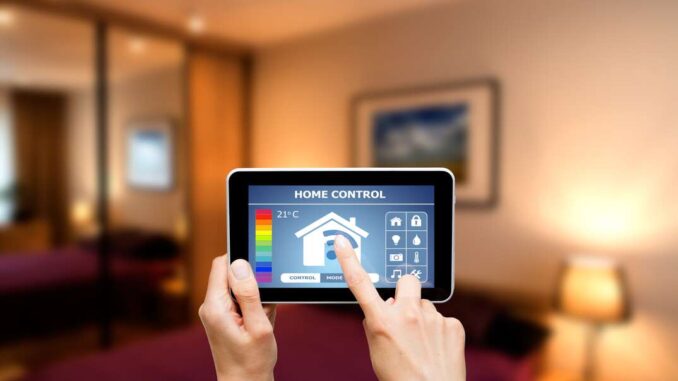
Are you looking for a way to bring convenience, efficiency, and luxury to your home? Installing a full home lighting automation system could be just the answer. Home lighting automation allows homeowners to control their lights from anywhere in the world via an app or voice command.
This type of technology can save not only time but also money on electricity bills with its intuitive smart sensor features when coupled with intelligent energy-saving bulbs! In this guide, we’ll discuss all aspects of planning and installing a full home lighting automation system so that you can reap all the benefits it has to offer.
Step 1: Assess Your Home’s Lighting Needs
Before diving into the planning and installation process, it’s essential to assess your home’s lighting needs. Consider each room and how you use its lighting. Do you need bright lights for activities like cooking or reading? Or do you prefer softer, warmer light for relaxation? Also, consider any areas that require specific types of lighting, such as dimmable lights for a home theater or accent lighting for artwork.
Step 2: Research Different Systems and Features
The market is flooded with various full home lighting automation systems, each with its own unique features. Take the time to research and compare different systems to find one that best suits your needs. Consider features such as customizable schedules, voice control compatibility, and integration with other smart home devices. Also, look into the system’s compatibility with different bulbs and fixtures.
Step 3: Create a Lighting Plan
Once you have assessed your home’s lighting needs and researched different systems, it’s time to create a lighting plan. This step involves deciding on the number and placement of smart bulbs and fixtures throughout your home. Consider factors such as the size of each room, natural light sources, and specific lighting needs. You may also want to consult with a professional electrician for assistance with creating a comprehensive plan.
Step 4: Prepare Your Home for Installation
Before installing a full home lighting automation system, it’s essential to prepare your home. This step may involve replacing old or incompatible light fixtures, ensuring strong Wi-Fi connectivity throughout your home, and setting up the necessary electrical outlets. It’s also crucial to ensure all bulbs and fixtures are compatible with your chosen automation system.
Step 5: Install Your Full Home Lighting Automation System
Once you have completed all the previous steps, it’s time to install your full home lighting automation system. Depending on the complexity of your plan, this may involve wiring and mounting smart switches or hubs, connecting bulbs and fixtures, and setting up the system’s central control unit. It’s essential to follow all installation instructions carefully to ensure a safe and efficient setup.
Step 6: Customize Your System Settings
After installing your full home lighting automation system, it’s time to customize its settings according to your preferences. This step may involve creating schedules, setting up voice commands, or integrating with other smart home devices. It’s also a good idea to test and adjust the system as needed to ensure it meets all your lighting needs.
Final Thoughts
A full home lighting automation system is an excellent investment for homeowners looking to upgrade their living experience. It not only adds convenience and efficiency but also increases the value of your home.
Following these steps, you can plan and install a full home lighting automation system that meets all your needs and provides endless benefits for years. Click here to get in touch with a lighting expert and start your journey towards a smarter home today!

Be the first to comment